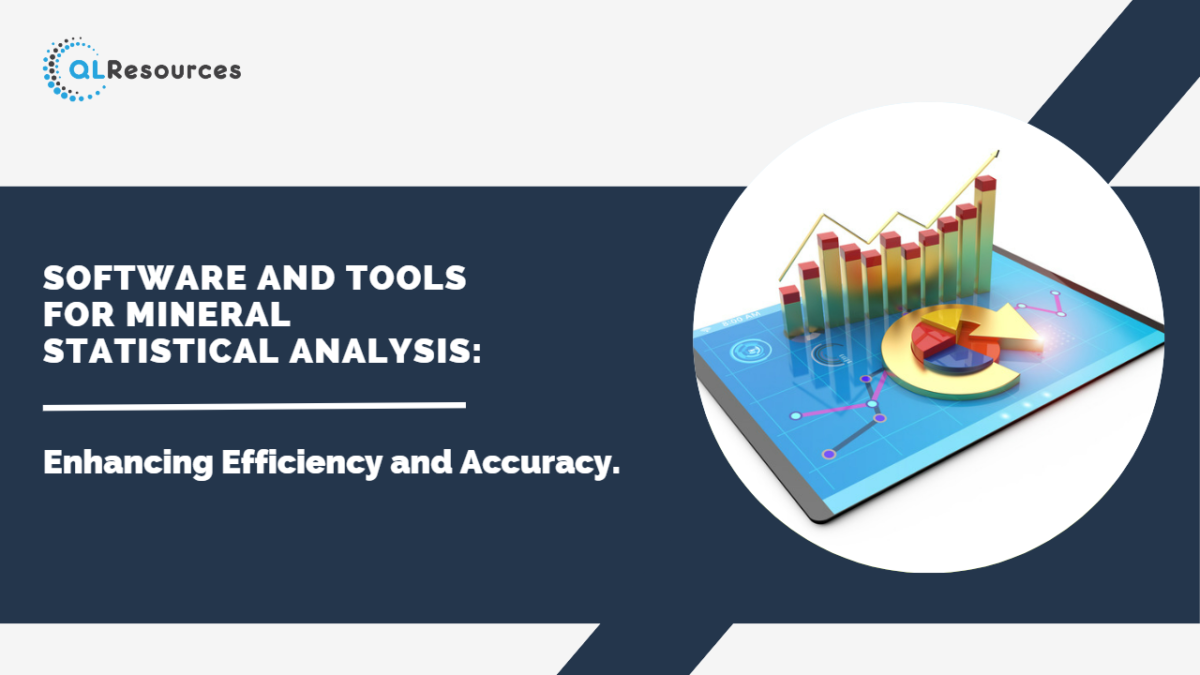In times of natural disasters and emergencies, timely and accurate information is critical for effective disaster response and relief efforts. Crowd-sourced data has emerged as a powerful tool in disaster management, allowing communities to actively participate in providing real-time information and insights. By engaging communities in relief efforts through crowd-sourced data collection and sharing, disaster response teams can make more informed decisions, allocate resources efficiently, and better address the needs of affected populations. In this article, we will explore the benefits and applications of crowd-sourced data for near real-time disaster response and the ways it engages communities in the relief process.
Rapid Data Collection and Reporting:
Crowd-sourced data enables rapid data collection and reporting during and after a disaster. People in affected areas can use their smartphones and social media platforms to share updates, photos, and videos, providing immediate information on the extent of damage, the status of infrastructure, and the needs of the affected communities. This real-time data empowers disaster response teams to quickly assess the situation and deploy resources to where they are most needed.
Identifying Critical Areas and Prioritising Response:
By engaging communities in data collection, relief agencies gain access to information from local perspectives. Community members are often the first to witness the impact of a disaster and can provide valuable insights into areas that require immediate attention. With crowd-sourced data, relief agencies can identify critical areas, prioritise response efforts, and allocate resources effectively.
Enhanced Situational Awareness:
Crowd-sourced data enhances situational awareness for both disaster responders and affected communities. This shared information fosters transparency and collaboration, allowing all stakeholders to stay informed about the evolving situation. Citizens and responders can access up-to-date information, enabling them to make informed decisions in real-time.
Targeted Relief and Resource Allocation:
Disaster response teams can use crowd-sourced data to tailor relief efforts to the specific needs of each affected community. By understanding the challenges faced by different regions, responders can allocate resources more efficiently, ensuring that aid reaches those who need it the most. This targeted approach minimises waste and maximises the impact of relief efforts.
Engaging and Empowering Communities:
Crowd-sourced data engages and empowers affected communities by involving them directly in the relief process. Citizens become active contributors to their own recovery, fostering a sense of ownership and resilience. This participatory approach encourages communities to take initiative and support each other, creating a network of solidarity during challenging times.
Improved Communication and Coordination:
Crowd-sourced data fosters better communication and coordination between disaster response agencies, government bodies, and affected communities. By sharing real-time information through online platforms and mobile apps, stakeholders can collaborate more effectively, streamlining relief efforts and avoiding duplication of resources.
Conclusion:
Crowd-sourced data has revolutionised disaster response and relief efforts, enabling near real-time information sharing and engagement with affected communities. Through this participatory approach, disaster response teams can gain valuable insights, prioritise response efforts, and allocate resources efficiently. Engaging communities in the relief process empowers citizens to take an active role in their recovery, fostering a sense of resilience and solidarity. As technology continues to advance, the integration of crowd-sourced data in disaster management will further enhance the speed and effectiveness of response efforts, ultimately saving lives and facilitating the path to recovery in times of crisis.
Join our community and never miss an update! Subscribe to our newsletter and blog to stay up-to-date on the latest trends, tips, and insights in your area of interest. Don’t miss out on exclusive content and promotions. Sign up now and be a part of our growing community!


